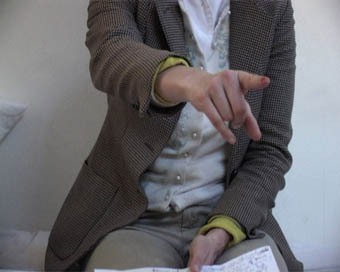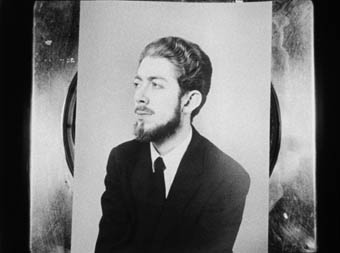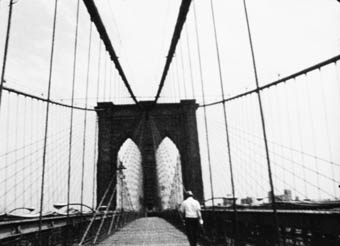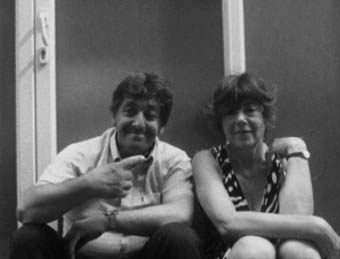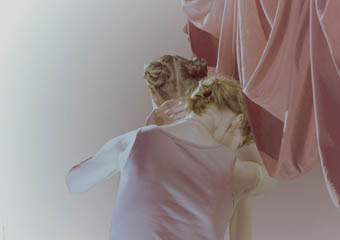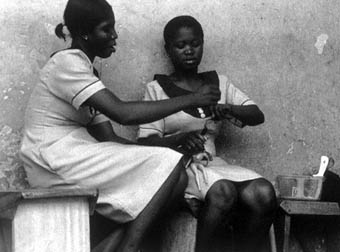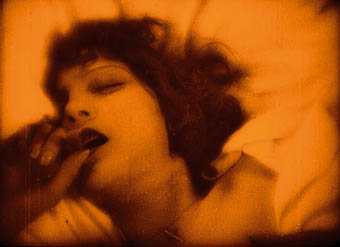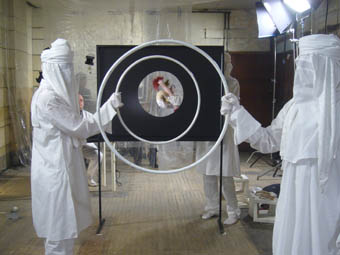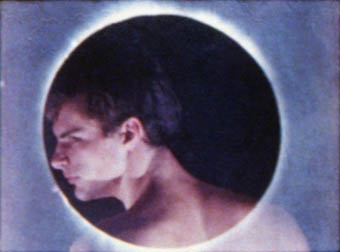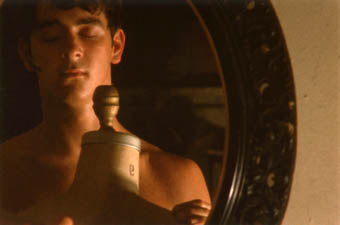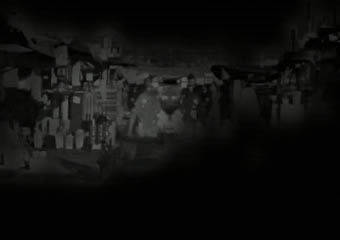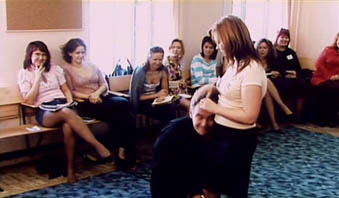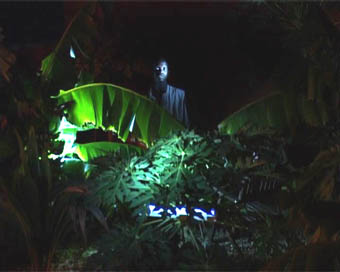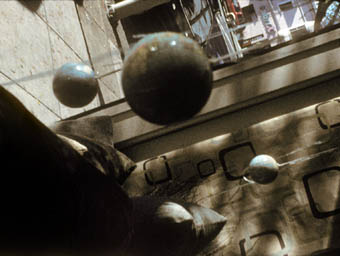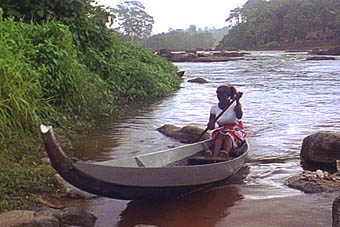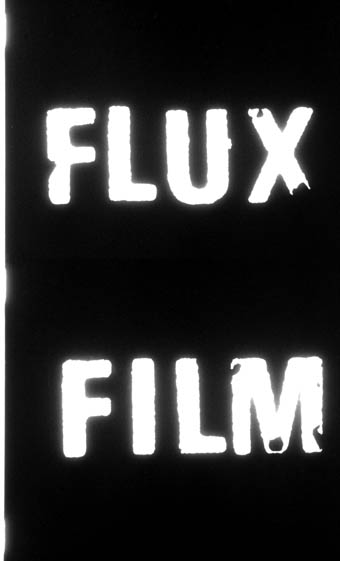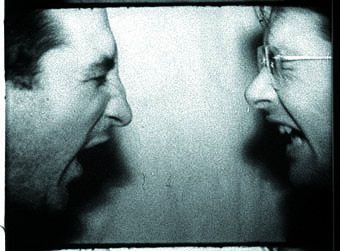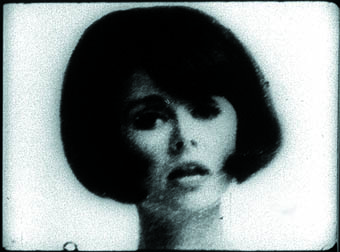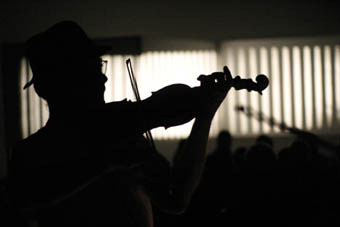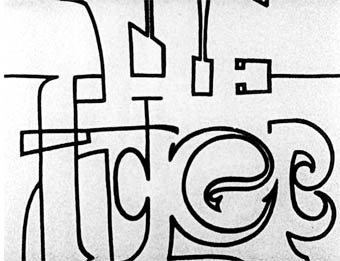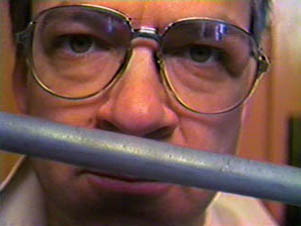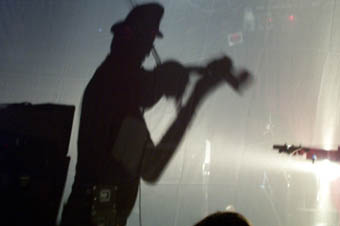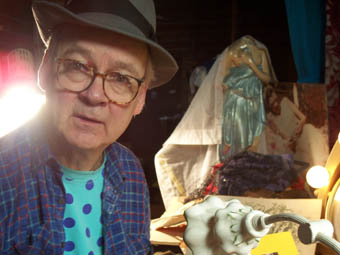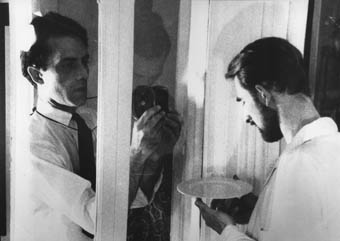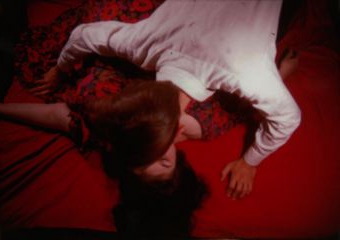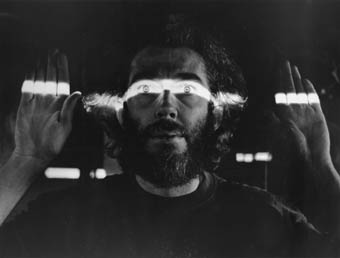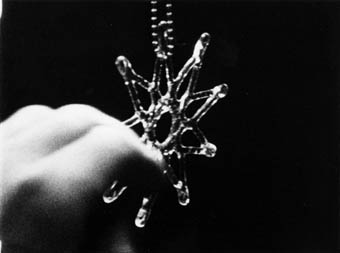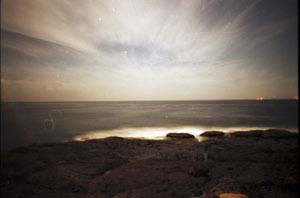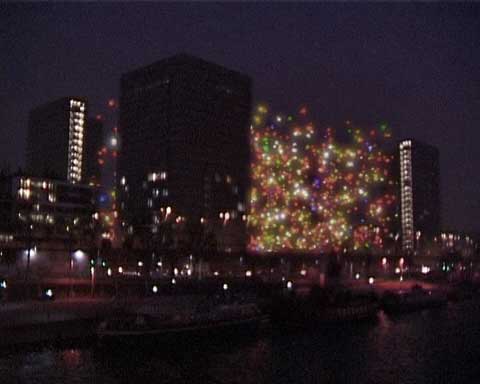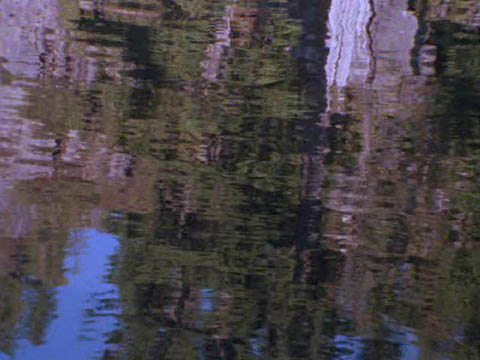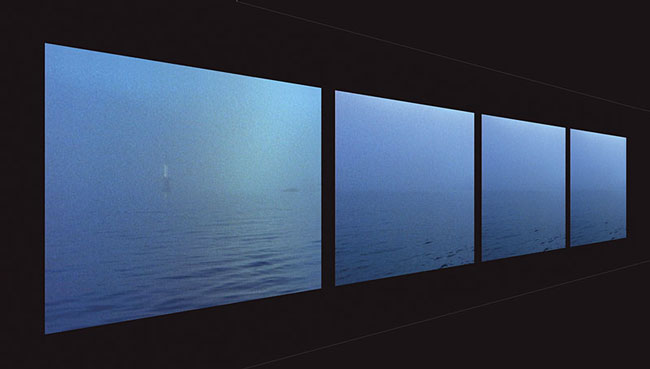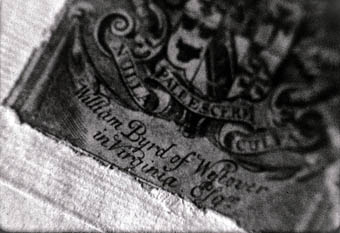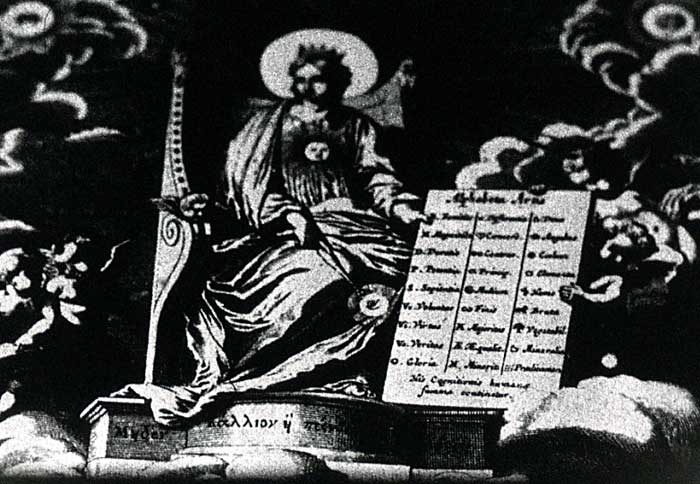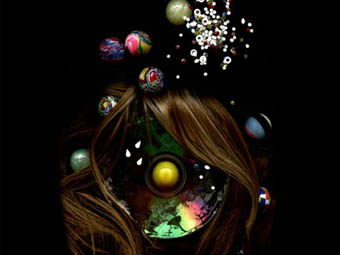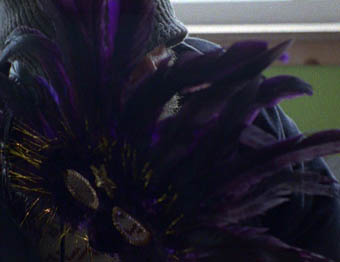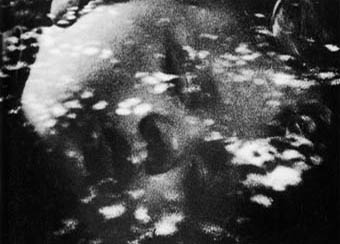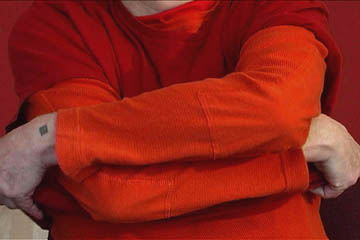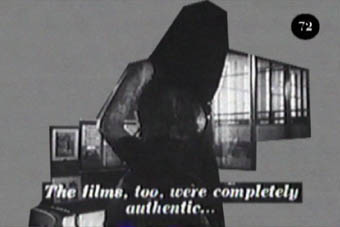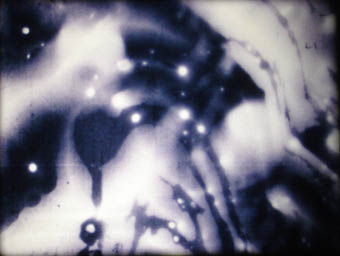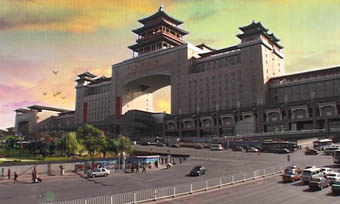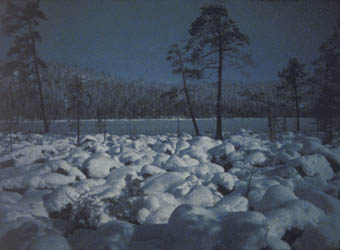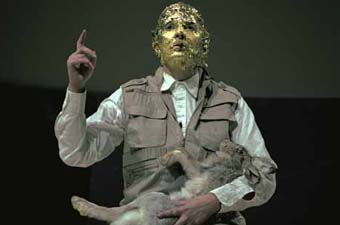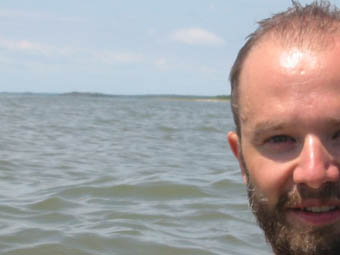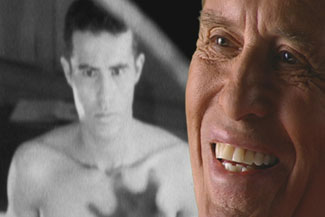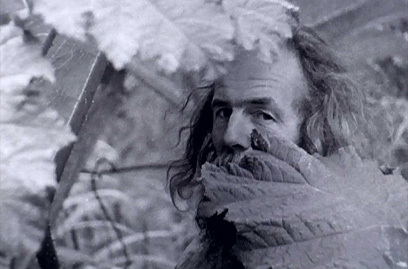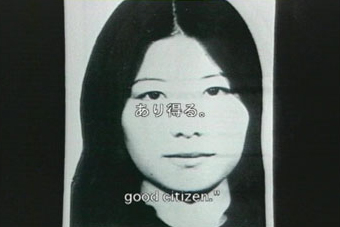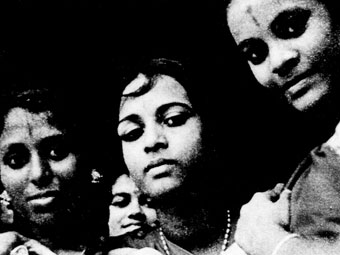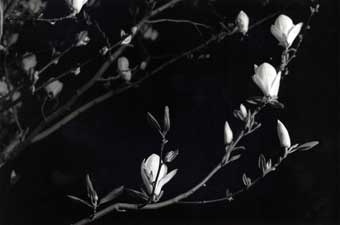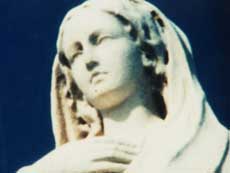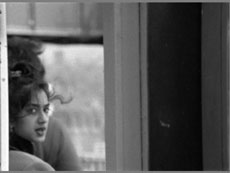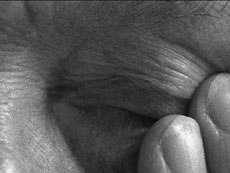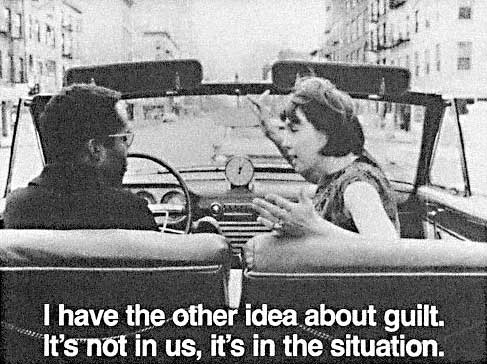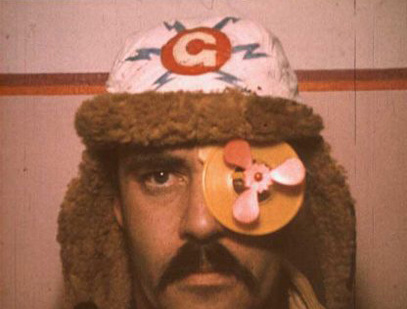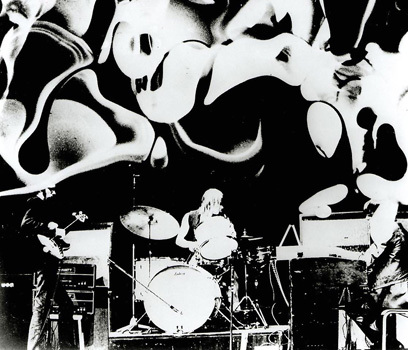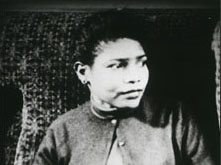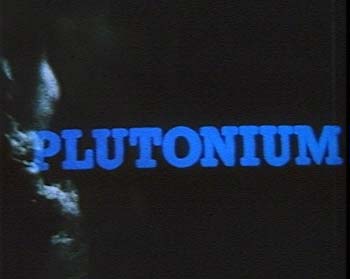London Film Festival 2009
London BFI Southbank
24-25 October 2009
The London Film Festival’s annual weekend dedicated to artists’ film and video will take place on 24-25 October 2009.
The programme presents a varied selection of international works ranging from the contemporary ethnography of Mirza/Butler to Jim Trainor’s witty, naïve animation of ancient civilisations. Gustav Deutsch introduces FILM IST. a girl & a gun, a battle of the sexes told through footage from early cinema, and a special event featuring new prints of films by Hollis Frampton complements the recent publication of his collected writings.
Established filmmakers Lewis Klahr, Mara Mattuschka and Matthias Müller are shown alongside younger artists Paul Abbott, Jana Debus, and Laida Lertxundi, who are screening in the festival for the first time. Continuous installations by Laure Prouvost and Victor Alimpiev will be presented in the BFI Southbank Studio.
Curated by Mark Webber for The Times BFI 53rd London Film Festival.
PLEASE NOTE: More tickets for “sold out” screenings will be released in the days leading up to the weekend & limited numbers are usually available on the door immediately before each programme.
Saturday 24 October 2009, from 12-7pm, Studio, FREE
MONOLOG
MONOLOG
Laure Prouvost | UK-France 2009 | 12 min (continuous loop)
A new work made for the Festival turns its attention to the viewer and the room itself. ‘Come inside, I’m going to explain a few things. Just about you and the space we’re in. It’s quite warm in here, you should take off your jacket …’
Saturday 24 October 2009, at 2pm, NFT3
& Thursday 29 October 2009, at 6:30pm, NFT3
HOLLIS FRAMPTON: HAPAX LEGOMENA
Hollis Frampton, a key figure of the American avant-garde, was an artist and theoretician whose practice closely resonates with contemporary discourse. The series of seven films known as Hapax Legomena is, alongside Zorns Lemma, one of his most distinguished achievements, and will be presented in its entirety on new preservation prints. Predating Magellan, the ambitious ‘metahistory’ of film left unfinished by his early death in 1984, Hapax Legomena traces Frampton’s own creative progression from photographer to filmmaker. It dissects sound/image relationships, incorporates early explorations of video and television, and looks forward to digital media and electronic processes. Though notoriously rigorous, Frampton’s films are infused with poetic tendencies and erudite wit, sustaining a dialogue with the materials of their making, and the viewer’s active participation in their reception.
‘Hapax legomena are, literally, ‘things said once’ … The title brackets a cycle of seven films, which make up a single work composed of detachable parts … The work is an oblique autobiography, seen in stereoscopic focus with the phylogeny of film art as I have had to recapitulate it during my own fitful development as a filmmaker.’ (Hollis Frampton)
(NOSTALGIA)
Hollis Frampton | USA 1971 | 36 min
As a sequence of photographs is presented and slowly burned, a narrator recounts displaced anecdotes related to their production, shifting the relationship between words and images.
POETIC JUSTICE
Hollis Frampton | USA 1972 | 31 min
A ‘film for the mind’ in which the script is displayed page by page for the viewer to read and imagine.
CRITICAL MASS
Hollis Frampton | USA 1971 | 16 min
Frampton’s radical editing technique disrupts and amplifies the already impassioned argument of a quarrelling couple.
TRAVELLING MATTE
Hollis Frampton | USA 1971 | 34 min
‘The pivot upon which the whole of Hapax Legomena turns’ uses early video technology to interrogate the image.
ORDINARY MATTER
Hollis Frampton | USA 1972 | 36 min
This ‘headlong dive’ from the Brooklyn Bridge to Stonehenge is a burst of exhilarated consciousness.
REMOTE CONTROL
Hollis Frampton | USA 1972 | 29 min
‘A ‘baroque’ summary of film’s historic internal conflicts, chiefly those between narrative and metric/plastic montage; and between illusionist and graphic space.’
SPECIAL EFFECTS
Hollis Frampton | USA 1972 | 11 min
Stripping away content leaves only the frame. ‘People this given space, if you will, with images of your own devising.’
Total running time approximately 210 min (including intermission)
Hapax Legomena has been preserved through a major cooperative effort funded by the National Film Preservation Foundation and undertaken by Anthology Film Archives, MoMA, the New York University Moving Image Archiving and Preservation Program, and project conservator Bill Brand.
Saturday 24 October 2009, at 7pm, NFT3
HUMAN NATURE
PASSAGE BRIARE
Friedl vom Gröller | Austria 2009 | 3 min
A meeting of friends in a Paris backstreet, and an unexpected revelation.
HOTEL ROCCALBA
Josef Dabernig | Austria 2008 | 10 min
In a subtle choreography, the occupants of a small Alpine hotel pass a lazy afternoon. Not much happens, but all may not be as it appears.
GREGOR ALEXIS
Jana Debus | Germany 2009 | 20 min
The filmmaker’s schizophrenic brother recounts personal experiences, slipping between first and third person. The locations chosen for this portrait – a desolate apartment and a wasteland littered with abandoned machinery – are indicative of the condition of someone potentially as vulnerable as the insects that collect on his windowsill.
THE DISCOVERY
Ken Jacobs | USA 2008 | 4 min
Tom’s dextrous parlour game attracts unwanted attention. A stolen moment, frozen in time, now re-animated for all to see.
THE PRESENTATION THEME
Jim Trainor | USA 2008 | 14 min
As primitive Magic Marker drawings illustrate the myths and rituals of the ancient Moche civilisation, a disparaging narrator describes the tormented trials of a hapless creature amongst goblets of blood, fanged men and a sacrificial priestess.
BURNING PALACE
Mara Mattuska, Chris Haring | Austria 2009 | 32 min
This new collaboration between Mattuschka and Vienna’s Liquid Loft takes us behind the velvet curtains of the Burning Palace, whose peculiar inhabitants have an itch they just can’t scratch.
Total running time approximately 90 min
Sunday 25 October 2009, from 12-7pm, Studio, FREE
MY ABSOLUTION
MY ABSOLUTION
Victor Alimpiev | Russia-Netherlands 2008 | 8 min (continuous loop)
Victor Alimpiev’s work imbues the simplest gestures with mystery and consequence. An actress performs a sequence of enigmatic actions towards the nape of a second woman’s neck in a performance that creates an almost sculptural tension which is never quite released.
Sunday 25 October 2009, at 2pm, NFT3
THE EXCEPTION AND THE RULE
ME BRONI BA (MY WHITE BABY)
Akosua Adoma Owusu | USA-Ghana 2008 | 22 min
Driven by the pulsing sounds of Afrobeat and American soul, this spirited study of Ghanaian hair salons questions representations of beauty and ethnicity. While teams of women weave elaborate styles, children practice braiding on the blonde hair of white baby dolls, surplus stock exported from the West.
MY TEARS ARE DRY
Laida Lertxundi | USA-Spain 2009 | 4 min
A song of heartache, an afternoon’s repose and the eternal promise of the blue California sky.
THE EXCEPTION AND THE RULE
Karen Mirza, Brad Butler | UK-Pakistan-India 2009 | 38 min
Shot primarily in Karachi, The Exception and the Rule employs a variety of strategies in negotiating consciously political themes. Avoiding traditional documentary modes, the film frames everyday activities within a period of civil unrest, incorporating performances to camera, public interventions and observation. This complex work supplements Mirza/Butler’s Artangel project ‘The Museum of Non Participation’.
Total running time approximately 75 min
Sunday 25 October 2009, at 4pm, NFT3
& Thursday 29 October 2009, at 4pm, NFT2
FILM IST. a girl & a gun
FILM IST. a girl & a gun
Gustav Deutsch | Austria 2009 | 97 min
Taking its cue from DW Griffith via J-L Godard, the latest instalment of the FILM IST series is a five-act drama in which reclaimed footage is interwoven with aphorisms from ancient Greek philosophy. Beginning with the birth of the universe, it develops into a meditation on the timeless themes of sex and death, exploring creation, desire and destruction by appropriating scenes from narrative features, war reportage, nature studies and pornography. The Earth takes shape from molten lava, and man and woman embark upon their erotic quest. For this mesmerising epic, Deutsch applies techniques of montage, sound and colour to resources drawn from both conventional film archives and specialist collections such as the Kinsey Institute and Imperial War Museum. Excavating cinema history to tease new meanings from diverse and forgotten film material, he proposes new perspectives on the cycle of humanity. The film’s integral score by long-term collaborators Christian Fennesz, Burkhardt Stangl and Martin Siewert incorporates music by David Grubbs, Soap&Skin and others.
Sunday 25 October 2009, at 7pm, NFT3
WHIRL OF CONFUSION
AND THE SUN FLOWERS
Mary Helena Clark | USA 2008 | 5 min
‘Notes from the distant future and forgotten past. An ethereal flower and disembodied voice guide you through the spaces in between.’ (Mary Helena Clark)
SHOT FILM
Greg Pope | UK-Norway 2009 | 4 min
Taking the expression ‘to shoot a film’ at face value, this 35mm reel has been blasted with a shotgun.
CONTRE-JOUR
Matthias Müller, Christoph Giradet | Germany 2009 | 11 min
My Eyes! My Eyes! Flickering out from the screen and direct to your retina, Contre-jour is not for the optic neurotic. Take a deep breath and try to relax as Müller and Girardet conduct their examination.
FILM FOR INVISIBLE INK CASE NO. 142: ABBREVIATION FOR DEAD WINTER (DIMINISHED BY 1,794)
David Gatten | USA 2008 | 13 min
‘A single piece of paper, a second stab at suture, a story three times over, a frame for every mile. Words by Charles Darwin.’ (David Gatten)
WOLF’S FROTH / AMONGST OTHER THINGS
Paul Abbott | UK 2009 | 15 min
By chance or circumstance, wolf’s froth’s covert syntax refuses to be unpicked. Entangling anxious domesticity with the spectre of aggression, it conjures a mood of underlying discomfort and intrigue.
FALSE AGING
Lewis Klahr | USA 2008 | 15 min
Klahr’s surreal collage journeys through lost horizons of comic book Americana and is brought back down to earth by Drella’s dream. And nobody called, and nobody came.
MOUNT SHASTA
Oliver Husain | Canada 2008 | 8 min
What is ostensibly a proposal for a film script is acted out, without artifice, in a bare loft space as Mantler plays a plaintive lament. A puppet show like none other that will leave you bemused, befuddled and bewildered.
Total running time approximately 80 min
…
Advance booking highly recommended
Standard ticket price is £9.00
Book online at www.bfi.org.uk/lff
Telephone Box Office: 020 7928 3232
Book in person at BFI Southbank
For full booking info see www.bfi.org.uk/lff
